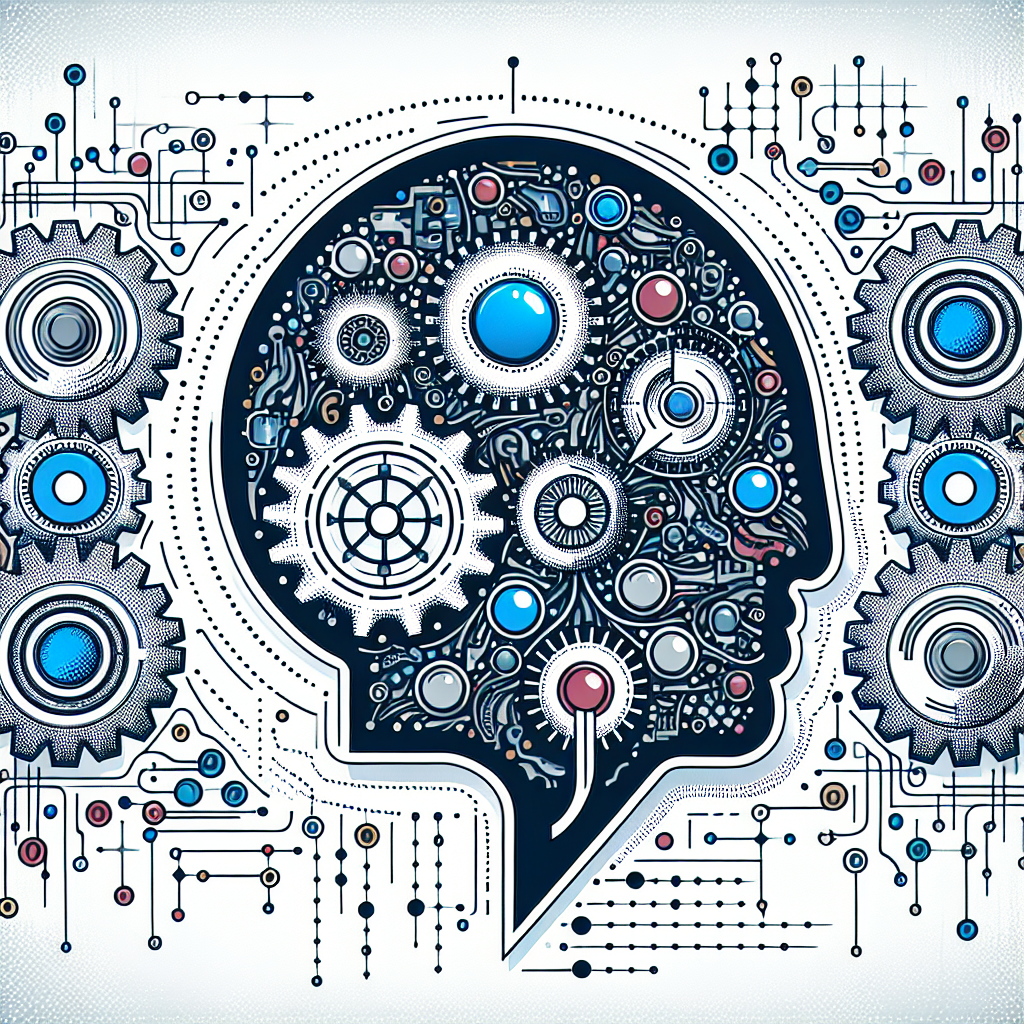Artificial Intelligence (AI) and Machine Learning (ML) have become integral components in the field of speech recognition, revolutionizing the way we interact with technology. Speech recognition technology allows machines to understand and interpret human speech, enabling us to communicate with our devices in a more intuitive and natural way. AI and ML play a crucial role in making this technology possible, as they enable machines to learn and improve their ability to recognize and understand speech patterns.
The Relationship Between AI and Machine Learning in Speech Recognition
AI and ML are closely intertwined in the field of speech recognition. AI refers to the simulation of human intelligence in machines, allowing them to perform tasks that typically require human intelligence, such as speech recognition. ML, on the other hand, is a subset of AI that focuses on teaching machines to learn from data and improve their performance without being explicitly programmed.
In the context of speech recognition, AI algorithms are used to process and analyze audio input, converting it into text or commands that can be understood by machines. ML algorithms are then employed to train these AI systems to recognize speech patterns and improve their accuracy over time.
One of the key advantages of using ML in speech recognition is its ability to adapt and learn from new data. As machines are exposed to more speech samples, they can continually refine their algorithms to better understand and interpret different accents, languages, and speech patterns. This continuous learning process allows AI-powered speech recognition systems to become more accurate and reliable over time.
Furthermore, ML algorithms can also be used to enhance the performance of AI-powered speech recognition systems by optimizing parameters, reducing noise, and improving the overall efficiency of the system. By leveraging the power of ML, developers can create more sophisticated and intelligent speech recognition systems that can accurately transcribe speech in real-time and adapt to various environments and contexts.
AI and ML have also enabled the development of advanced speech recognition technologies, such as natural language processing (NLP) and automatic speech recognition (ASR). NLP allows machines to understand and interpret human language, enabling them to respond to commands and queries in a more human-like manner. ASR, on the other hand, focuses on converting spoken language into text, enabling machines to transcribe speech accurately and efficiently.
Overall, the relationship between AI and ML in speech recognition is symbiotic, with AI providing the intelligence and ML providing the learning capabilities that enable machines to accurately recognize and interpret human speech.
FAQs:
1. How does AI improve speech recognition technology?
AI algorithms enable machines to process and analyze audio input, converting it into text or commands that can be understood by machines. By leveraging AI technologies, speech recognition systems can accurately transcribe speech, understand different accents and languages, and adapt to various environments and contexts.
2. What role does Machine Learning play in speech recognition?
Machine Learning algorithms are used to train AI-powered speech recognition systems to recognize and interpret speech patterns. ML enables machines to learn from data and improve their performance over time, leading to more accurate and reliable speech recognition technology.
3. Can AI-powered speech recognition systems adapt to different accents and languages?
Yes, AI-powered speech recognition systems can adapt to different accents and languages by continuously learning and improving their algorithms. ML algorithms enable machines to refine their speech recognition capabilities, making them more versatile and adaptable to various linguistic differences.
4. What are some of the advanced speech recognition technologies enabled by AI and ML?
Some of the advanced speech recognition technologies enabled by AI and ML include natural language processing (NLP) and automatic speech recognition (ASR). NLP allows machines to understand and interpret human language, while ASR focuses on converting spoken language into text accurately and efficiently.
In conclusion, the relationship between AI and Machine Learning in speech recognition is essential for the development of advanced and intelligent speech recognition technologies. By leveraging the power of AI and ML, developers can create systems that accurately transcribe speech, understand different accents and languages, and adapt to various environments and contexts. As AI and ML technologies continue to evolve, we can expect further advancements in speech recognition technology that will revolutionize the way we interact with our devices.

